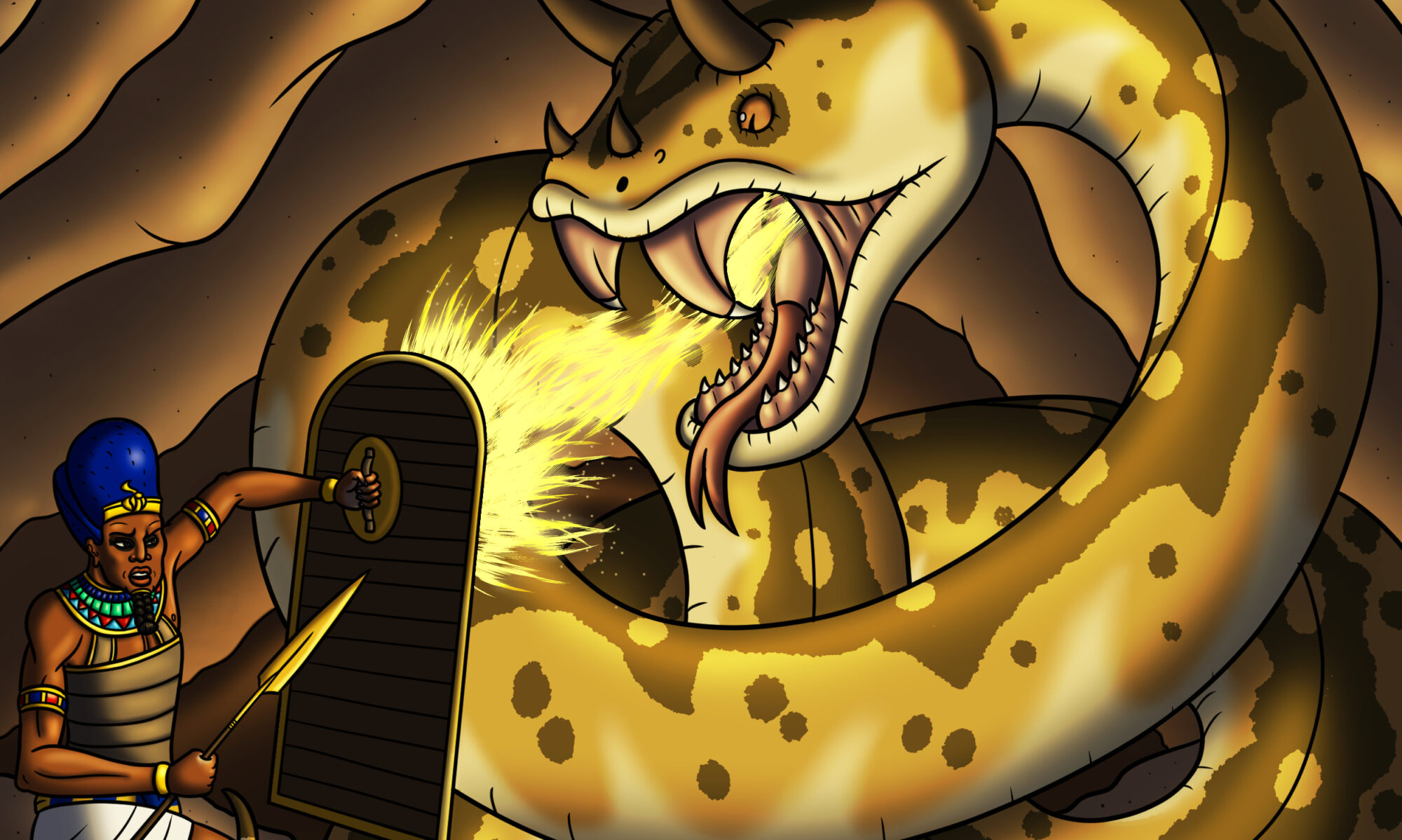
I admit it, nine-year-old me would have cried at the idea of Tyrannosaurus rex, my all-time favorite dinosaur, sporting a coat of feathers like a bird.
I first encountered the above illustration in an issue of National Geographic back at that tender age. The issue had a whole article on then-recent discoveries of dinosaur fossils sporting impressions of feathers from China, with numerous model reconstructions and other artwork depicting how the animals would have looked in life. Mind you, I was already aware that some theropod (or “meat-eating”) dinosaurs were close relatives of modern-day birds, and that the “first bird” Archaeopteryx demonstrated a visible link between the two groups. What the new Chinese fossils demonstrated was that the prevalence of feathers among theropods went beyond Archaeopteryx and its immediate ancestors and covered groups once thought to be scaled like other dinosaurs, such as dromaeosaurids (“raptors” such as Velociraptor and Deinonychus), oviraptorosaurs (Oviraptor), and compsognathids (a family including, well, the tiny Compsognathus).
Seeing Velociraptor, the intimidating antagonists of Jurassic Park, portrayed as feathered like birds was already enough to ruffle my feathers (pun very much chosen with intent). But the most offensive illustration in that issue by far, in my juvenile eyes anyway, was the one suggesting that Tyrannosaurus and its cousins in the tyrannosaurid family would have possessed a feathery coat as well. It didn’t matter that the illustration contrasted a downy hatchling with its scaled adult. The very idea of my favorite dinosaur, lord of the jungle of Late Cretaceous North America, ever having the telltale body covering of a lowly, cowardly bird seemed a major downgrade. It was heretical enough to put me off the idea that any dinosaurs evolved into birds at all.
Twenty years have passed, and I have matured enough to recognize that some so-called “non-avian” dinosaurs did, indeed, have feathers, and that all of today’s birds represent an offshoot of these dinosaurs. The preponderance of evidence so far does suggest that, contra the Jurassic Park movies, that dromaeosaurids like Velociraptor would have been feathered by default, as would the flock of Gallimimus seen in the first film’s stampede scene (at least as shown by new fossils of its cousin Ornithomimus). I cannot dispute this, nor do I even mind it anymore.
My feelings about feathered tyrannosaurs, on the other hand, have come full circle. Beginning in the early 2010s, I have warmed up to the idea and was eagerly drawing full feathered coats on them between 2012 and 2013. It was after that period of my life that my skepticism of the concept returned. In the years since, I have lost any remaining love for it and, if anything, have grown even more sick of it than I ever was as a child.
This time, however, I have good reason to believe that neither Tyrannosaurus rex nor the other members of the family Tyrannosauridae ever had feathers. And not only because they look better without them.
Continue reading “Why Tyrannosaurs Probably Didn’t Have Feathers After All”